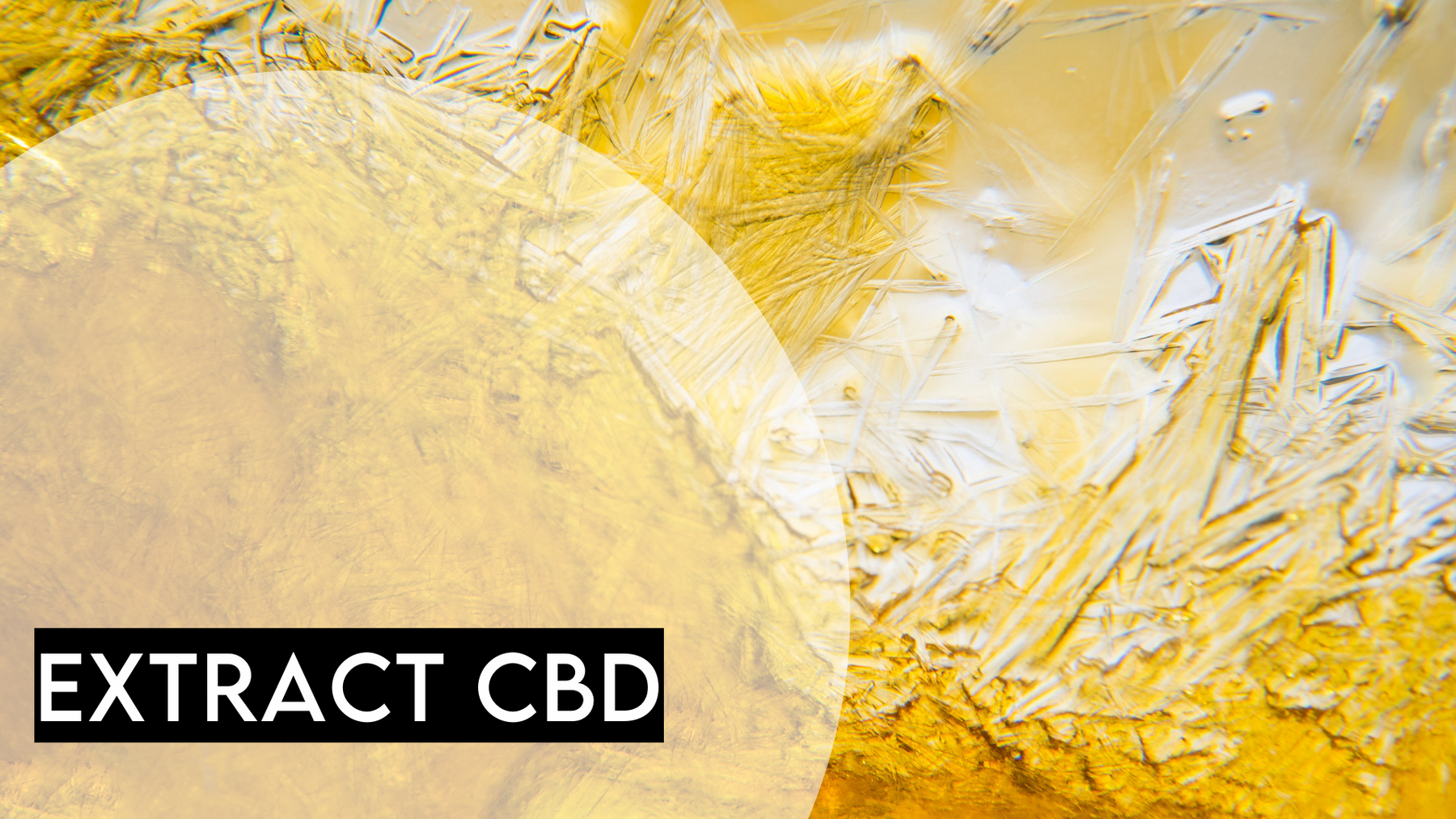
How Is CBD Oil Is Made: The Full Process
CBD fame has been snowballing for the last few years, thanks to its wide array of potential benefits. As more and more people are inclined to this miraculous compound, the questions and queries have also been on the verge.
From its positive and negative impacts to its cultivation and manufacturing, people are asking for all sorts of answers. Here in this article, we will address one of the most frequently asked questions about how CBD oil is made.
First Understand the Legal Constraints of Making CBD
You might already know that CBD and cannabis products have legal controversies due to intoxicated cannabinoid THC. So it is important to understand its legal constraints first.
Many people consider that both hemp and marijuana plants are the same, but that is not the deal. However, both belong to the cannabis family; they are different regarding varying levels of cannabinoids. Hemp is a CBD-rich variant of cannabis, while marijuana is high in THC, the intoxicating cannabinoid.
People across the UK can cultivate hemp only to extract CBD since it contains less than 0.2% THC in its composition, which is the legal threshold of CBD products. No marijuana cultivation is allowed to extract CBD as it houses more than the legal limit of THC.
Moreover, according to regulatory authorities of UK CBD, producers cannot use hemp flowers for extracting cannabinoids. The roots, leaves, and stems are the allowed parts of a hemp plant to extract CBD. This legalization of the hemp plant put CBD manufacturers in trouble since CBD is dominantly present in flowers and buds.
So for extracting CBD from hemp plants, more crops are cultivated and harvested to meet the user's demands. Now that you know the legal stance of CBD, let's get down to its manufacturing process.
How CBD Oil is Made?
Step 1: Hemp Crop Plantation
The first and foremost step is sowing the seeds of hemp. However, before sowing the seeds, the soil is tested for its pH levels, herbicides, temperatures, etc., to confirm that it is the perfect medium for its growth. It is recommended to
Planting hemp seeds between April and June is recommended; however, the weather is more crucial than the specific date. A soil temperature of 50°F is optimal during the peak hours of sun and well-drained ground.
The seeds are sowed to the ground as close as 4-6 inches which implies that you can yield greater crops in a minimum area. After planting, the hemp will begin to sprout in 60 days.
Step 2: Harvesting Hemp
The cannabinoids are primarily present in the plant's trichomes, which are crystal-like structures present on the hemp. The hemp plant is normally harvested in October; however, this time may vary a little depending on the climate. Moreover, if the plant is cultivated indoors, you can make the climate according to the needs at any time of the year.
Note that CBD manufacturers need approval for the harvesting process of hemp from the federal agriculture department, which confirms that it contains an allowed amount of THC.
After harvesting, the hemp plant is dried in an adequately ventilated area. This procedure can take approximately four weeks. Once dried and cured, the hemp plants are sent for the extraction process of CBD.
Step 3: Extracting the CBD from the Dried Hemp Plant
The CBD is detached from the hemp plant to further corporate into other products in the extraction process. There are several extraction methods; however, every method has its gives and takes. We are listing here the most common and frequently used extraction methods.
- Carbon dioxide (CO2) extraction
- Solvent CBD extraction
- Natural solvent/Oil extraction
- Steam distillation
CO2 Extraction:
CO2 extraction isolates cannabinoids at very cold temperatures using carbon dioxide. CBD oil is extracted using super-cooled and condensed carbon dioxide, which does not leave any impurities or residue. This method necessitates heavy machinery, but the final result is a safe and effective compound.
Solvent Extraction:
One of the oldest CBD extraction methods is solvent extraction methods. It is most likely the cheapest and most straightforward method today. Nevertheless, it comes with risks because artificial solvents are thought to be the most prone to produce concerns with the finished product. Ethanol, butane, and hexane are among the most often used solvents. This process entails soaking the hemp in distilled liquor, which entails mixing impurities in the final product.
Natural Solvent/Oil Extraction:
One way to extract CBD is to use natural solvents, including olive oil, hemp seed oil, canola oil, coconut oil, or whatever oil you choose. It is not for industrial-level extraction CBD; rather, it is more of a DIY extraction method.
All you'll require is raw hemp, olive oil, and some basic tools in this method. The first stage is decarboxylation, which involves heating the flower to a certain degree, adding it to the solvent, and then heating again to separate the CBD. Though this process is simple, the major disadvantage of this approach is that the final product is not as pure as CO2 extraction.
Steam Distillation
Steam distillation is one of the ancient ways as it has been used to distil alcohol for centuries. The steam distillation also works to extract CBD. In this process, the steam is used to extract the active ingredients of the hemp plant. The vapour resulting from steam contains the cannabinoids, which after cooling, are converted to liquid. In the last stage, the CBD oil is separated from the water.
This method is straightforward, but it is not preferred on industrial levels since it risks damaging cannabinoids upon exposure to excessive heat. Moreover, it requires more raw material and produces less oil.
Step 4: Creating CBD Oil
After extracting the CBD, now comes the process of creating oil. The CBD extract is assorted with other ingredients, including carrier oils or other flavour enhancers. Usually, coconut oil or hempseed oil is added as a carrier oil since natural saturated fat molecules since the body absorbs them easily, making for more CBD to get into the bloodstream.
Step 5: Lab Testing and Packaging
A third party must test every batch of CBD oil produced by a CBD oil company so that consumers know that they are getting what is advertised. For that, a sample of every production batch would be sent to a lab to be evaluated for purity and efficacy. Third-party testing distinguishes high-quality CBD products from those that might be something marketed as CBD.
The Takeaway - How is CBD Oil Made?
Know that if a brand is open about its manufacturing process and third-party test, they are the best provider of CBD oil. Although the CBD business has a longstanding experience, technological developments have allowed for a superior finished product in recent times.
With improved manufacturing processes and ongoing innovation, CBD oil will reach an increasing number of people and provide healing to a greater number of people.
